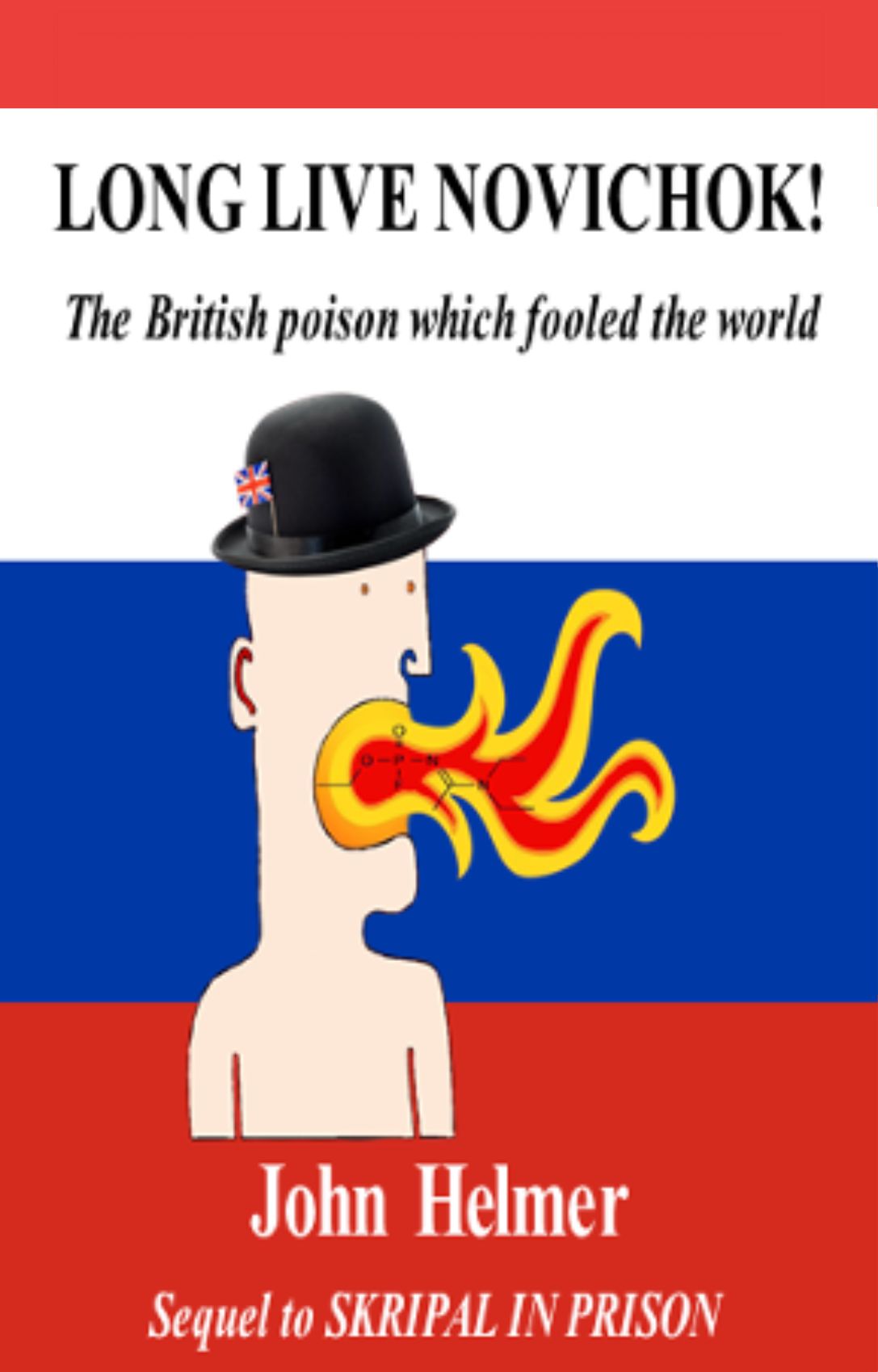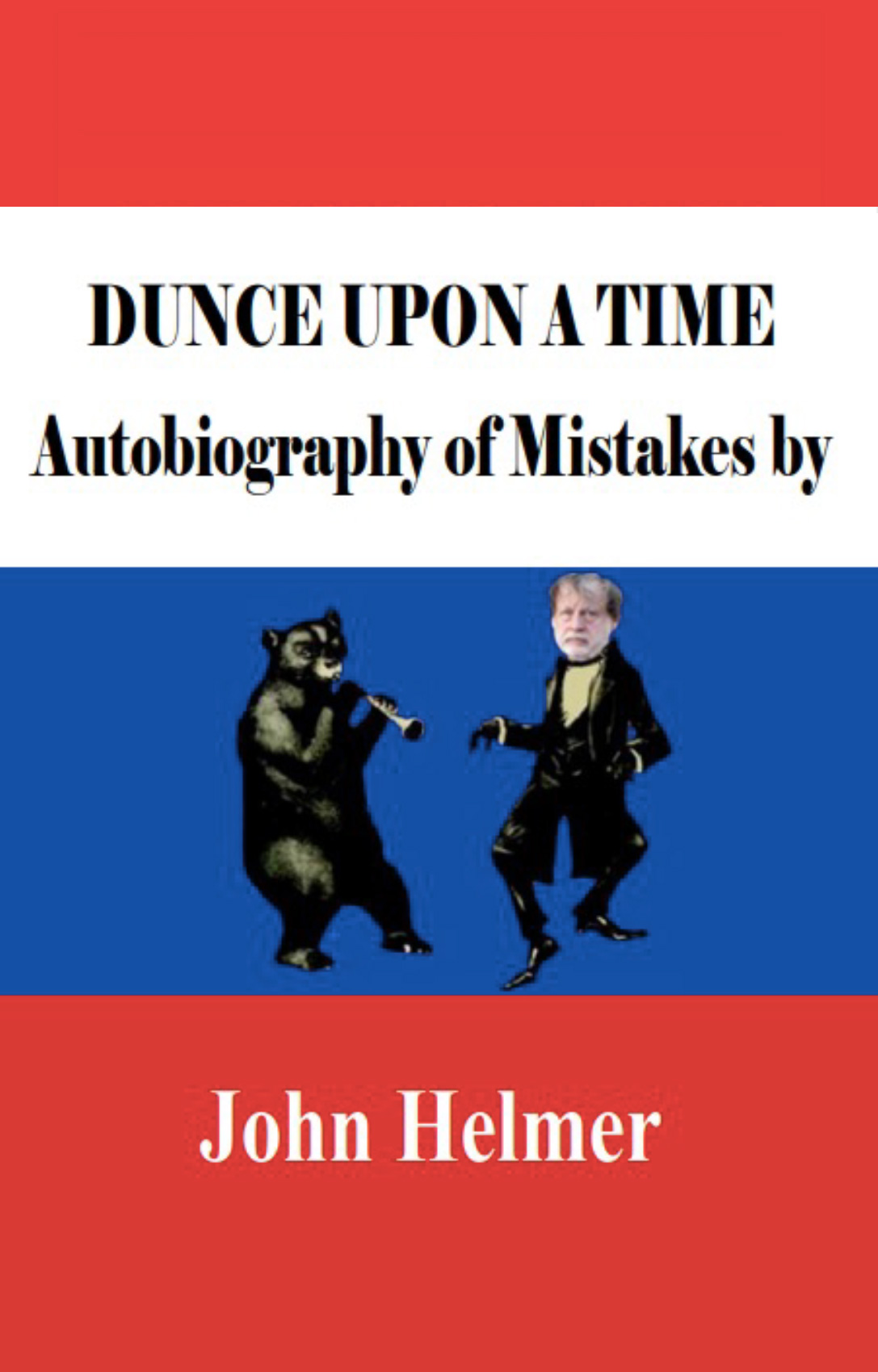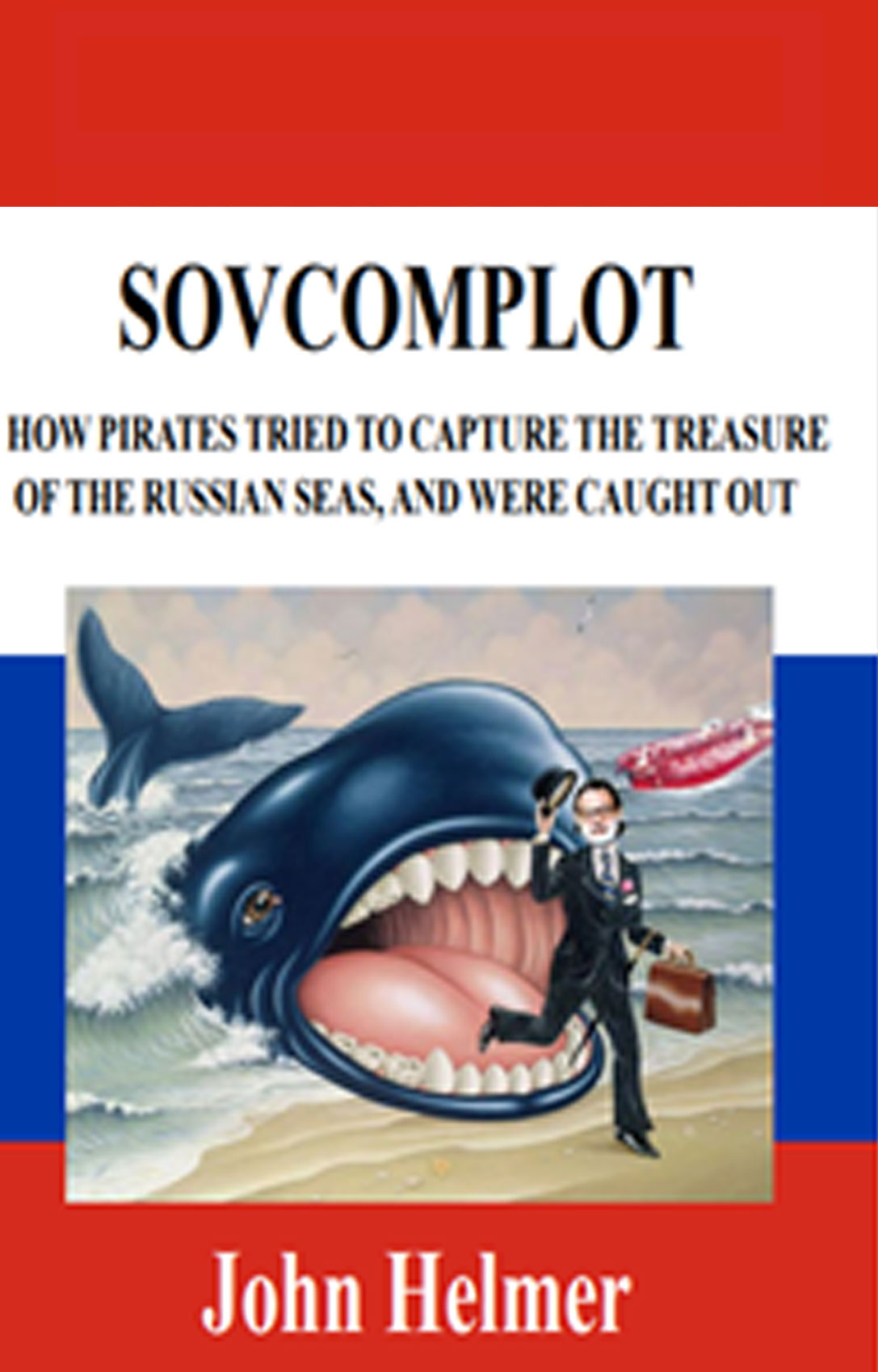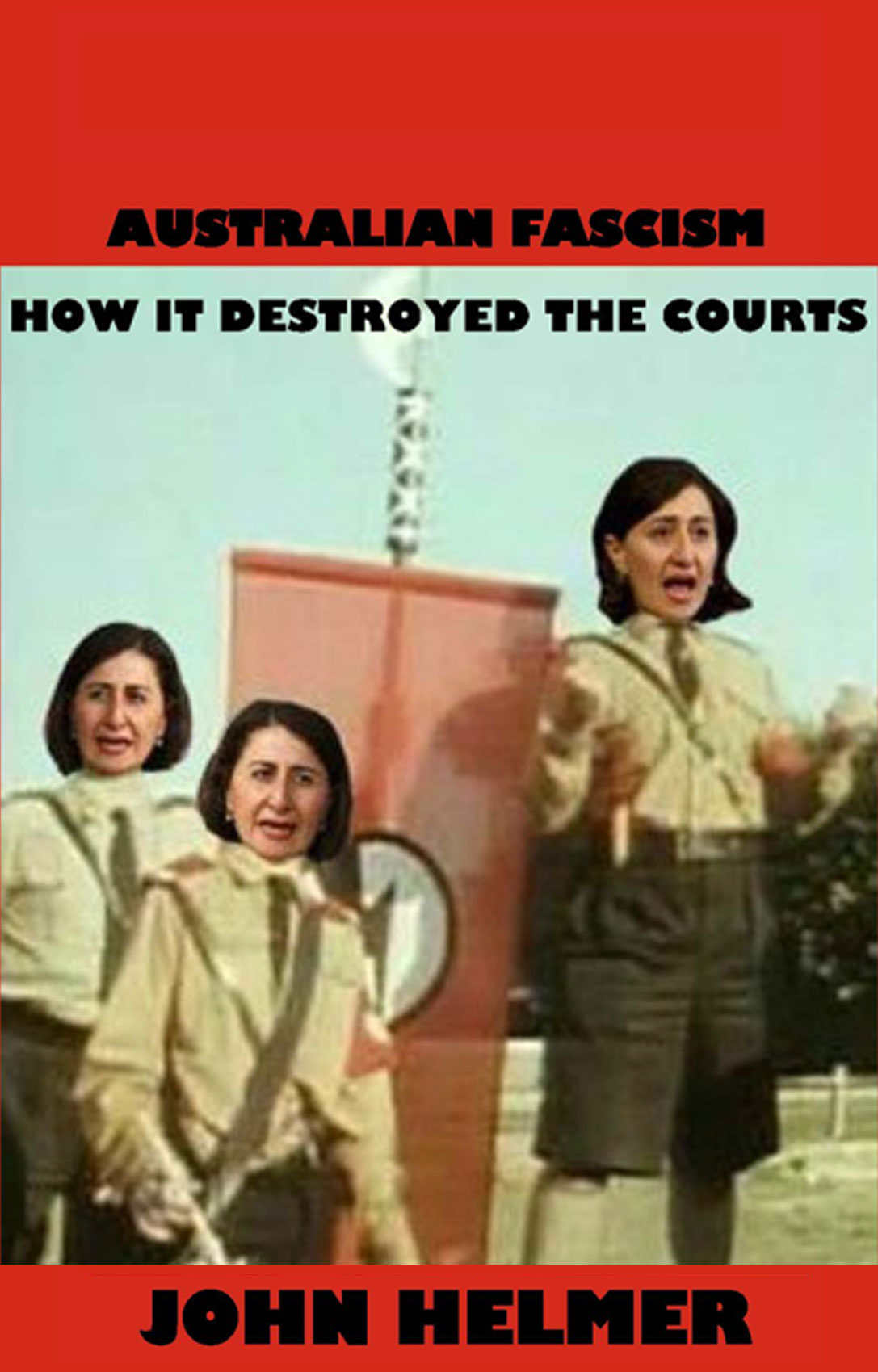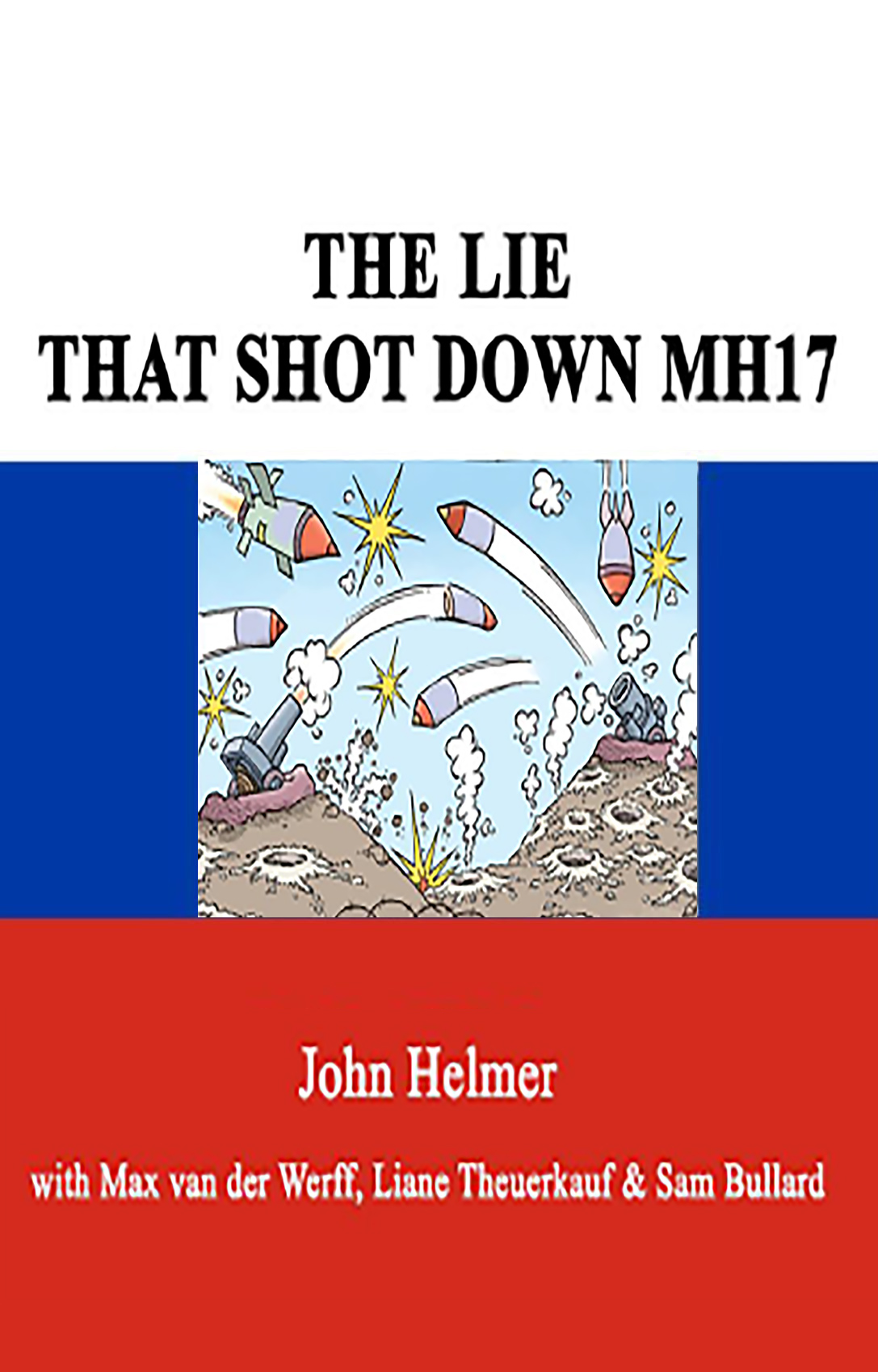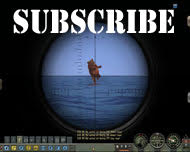

By John Helmer, Moscow
@bears_with
For the time being, the Trump Administration has put its strategy for regime change by obliteration on hold in Iran and Venezuela, where Russian-backed defences are increasingly deterring and US voters hostile. Instead, as Trump has signalled himself, the US is focusing instead on covert operations with the same goal – kill targets, topple resistance, risk no US military casualties, make money.
“Sometimes people have to fight it out a little bit longer,” Trump said last week of the war in the Ukraine as he abandoned his demand that President Vladimir Putin accept an immediate ceasefire.
“I don’t think we’re going to necessarily ask for a declaration of war,” Trump had said of his campaign against Venezuela on October 23. “We’re just gonna kill people that are bringing drugs into our country, OK. We’re gonna kill them. You know, like they’re gonna be, like, dead.”
“The US is not currently planning to launch strikes inside Venezuela and doesn’t have a legal justification that would support attacks against any land targets right now, according to sources familiar with the briefing conducted by Secretary of State Marco Rubio, Defense Secretary Pete Hegseth and an official from the White House’s Office of Legal Counsel.”
The Trump officials were responding to the joint House and Senate resolution, introduced on October 16, ordering “the removal of United States Armed Forces from hostilities within or against Venezuela that have not been authorized by Congress.” The text declared as a finding that Trump had issued an “authorization for the Central Intelligence Agency to conduct covert lethal operations within Venezuela”. There was no objection to this, nor was there a finding that Venezuela did not pose a threat to the US. Instead, the resolution declared that under the war powers provision of the Constitution, Congress should decide “the question of whether United States forces should be engaged in hostilities within or against Venezuela should be answered following a full briefing to Congress and the American public of the issues at stake, a public debate in Congress, and a congressional vote as contemplated by the Constitution.”
Covert operations could continue without any of that, but if land targets were to be attacked, that would require “full briefing” in Congress and the press, public debate, and a vote. If Trump attacked with the naval, air and Marine forces currently in the Caribbean, Congress proposed to stop the money.
To head off this direct challenge, Rubio, Hegseth, and a White House lawyer promised to stick to covert operations against President Nicolas Maduro, and restrict military operations to alleged drug-running at sea. On November 6 the resolution drew 49 Senate votes, but it was defeated by a majority of two, 51 to 49.
“The Trump administration is seeking a separate legal opinion from the Justice Department that would provide a justification for launching strikes against land targets without needing to ask Congress to authorize military force, though no decisions have been made yet to move forward with an attack inside the country, a US official said. ‘What is true one day may very well not be the next,’ said that US official when discussing the current state of the policy, pointing out that Trump has not decided how he will handle Venezuela.” Trump was uncharacteristically silent in his press gaggles and tweets after the Senate vote on November 6.
He has reverted to covert operations against “drug cartels”; for details click here and here.
This is not the first time in Trump history that he has been compelled to retreat by greater force than he dares to risk engaging directly. The sustained crowd booing against Trump in Landover, Maryland, on November 9 shows that the smokescreen is also failing. Click to listen.
In the new podcast with Nima Alkhorshid, the discussion focuses first on Trump’s covert operations goals in Syria, following the Washington visit of acting Syrian President Ahmed Al-Sharaa (Al-Jolani); in the Ukraine, as threats to the Zelensky regime mount on the battlefield and in the Kiev government itself; and in India, following a terror group bombing in the centre of Delhi, as the Indian Government prepares for President Putin’s visit on December 6.
In the last segment, we discuss the only covert US operation for regime change for which the White House has explicitly apologized, and then continued to implement – so successfully that no further US intervention has been needed because the government is totally subservient. This is Australia on the 50th anniversary of the November 11, 1975, dismissal of the Australian Labor Party government of Gough Whitlam, followed by the 1977 plot to appoint a new head of state, Governor-General Zelman Cowen.
Click to view and listen: https://www.youtube.com/watch?v=FGCzc8JpFlg
For elaboration of the evidence, alternative assessments, and independent sources, read on.
(more…)










